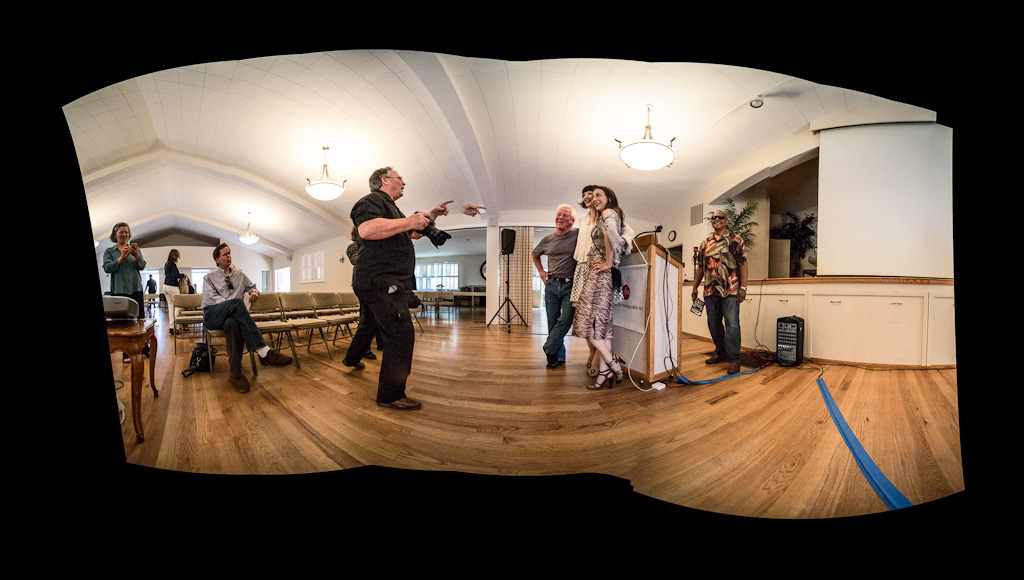A week ago, the Center for Photographic Art notified me that I could make an announcement on Facebook, but nowhere else. Yesterday, I got permission to post the information on the wider, less managed, web. So here goes: I will be having a joint exhibition at the CPA gallery with Hal Eastman. The show will… [Read More]
Photos from Kim Weston’s opening reception
The Center for Photographic Art hosted a lecture by Kim Weston, and opened his new exhibition at the Center with a reception. Huntington Witherill curated the show, and Tracy Morrison was the Exhibition Champion, which means she did most of the organization. You can find out more about the exhibition here. I did a few sweep panoramas:
Previsualization heresy, part 11
Previsualization and chimping Ansel Adams made what he considered to be his first visualized negative (Monolith) in 1927. He began publicizing the concept, formulating the Zone System with Fred Archer in 1939 and 1940 and creating techniques for achieving what he called visualization. The Negative was published in 1948. Minor White’s Zone System Manual was… [Read More]
Previsualization heresy, part 10
The same reader who made the perspicacious comment about previsualization vs visualization also said: …in my view, planning to do experimentation is as much visualization as planning to do a specific shot. You always (usually) have an idea what you can get and want to see if what you “visualized” will actually happen…and/or…what conditions are… [Read More]
Previsualization heresy, part 9
In a comment to the previous post, a reader said, “I think previsualization is a redundant word….visualization more than fulfills the thought.” I agree. Ansel called it just “visualization”, and that ought to be good enough, right? Still, I keep using the redundant form. I do it consciously, in spite of an admittedly prissy attitude… [Read More]
- « Previous Page
- 1
- …
- 493
- 494
- 495
- 496
- 497
- …
- 574
- Next Page »
